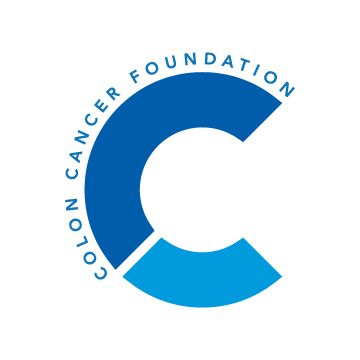- About Us
- Advertise / Support
- Editorial Board
- Contact Us
- CancerNetwork.com
- TargetedOnc.com
- OncLive.com
- OncNursingNews.com
- Terms & Conditions
- Privacy
- Do Not Sell My Information
- Washington My Health My Data
© 2025 MJH Life Sciences™ and CURE - Oncology & Cancer News for Patients & Caregivers. All rights reserved.
Benefits of a Shared Decision-Making Tool for Colorectal Cancer Patients
A shared decision-making tool is an approach that allows the clinician to collaborate with the patient in reaching evidence-informed decision making.
A shared decision-making tool is an approach that allows the clinician to collaborate with the patient in reaching evidence-informed decision making. This tool permits the patient and the physician to work together in order to make health care decisions based on the patient’s preferences and can ultimately strengthen the patient-clinician relationship. It plays a vital role in patient-centered health care, granting the physician and the patient an opportunity to come up with treatment plans together.
According to the University of Utah Health Plans, shared decision-making tools have the ability to increase adherence to medical treatment, enhance decision making, which in turn will improve patient satisfaction. The significance of shared decision-making tools is reinforced by the chair of Population Health Sciences at University of Utah Health, Angie Fagerlin, Ph.D., who says, “If people don’t feel engaged in the decision-making process they are less likely to see the benefits of treatments. Instead, they may see them as a hassle and not fill their prescriptions or take the medications.”
The importance of a patient’s voice with respect to shared decision-making will help the physician gain a better understanding of their patient’s needs and preferences. The patient’s voice can be either active or passive.
The active voice is associated with the patient’s worries and what he/she requires in order to combat their disease
The passive voice is that of health-related information which is collected from the patient
The patient’s voice is essential in terms of what he/she expects from their treatment plan.
A couple of shared decision-making tools developed for metastatic breast cancer have enabled active patient participation in health care decisions. An example of such a tool is CONNECT, which is primarily used during a consultation between a physician and a patient. CONNECT is a computer-based communication tool that assesses the content covered during a consultation and treatment outcome expectations. A clinical trial evaluating the tool found that CONNECT made it easier for patients to participate in their respective treatment plans and therefore left them feeling more satisfied with the care they received.
Patient Preferences for Prostate Care (PreProCare) is another tool that helps patient-centered treatment among prostate cancer patients. It allows patients to choose the treatment that they deem fit and that aligns with their values. This tool narrows down treatments for prostate cancer while giving patients the autonomy to choose based on their preferences. The tool works to identify the preferred features of prostate cancer treatments that will help in designing ways to help patients. The PreProCare tool improved patients’ 24-month satisfaction rate with care and decision and reduced regrets.
Madiha Zaidi is an intern with the Colon Cancer Foundation.
Related Content:




